Nature has developed numerous remarkable strategies for reproduction throughout evolutionary history. While most animals reproduce sexually, combining genetic material from two parents, some species have evolved the fascinating ability to reproduce asexually – essentially creating clones of themselves. This remarkable process, called parthenogenesis or other forms of asexual reproduction, allows these animals to produce offspring that are genetically identical to themselves without requiring a mate. From microscopic organisms to complex vertebrates, the ability to self-clone has evolved independently multiple times across the animal kingdom. Let’s explore 14 extraordinary animals that possess this remarkable reproductive capability, examining how they accomplish this feat and why this adaptation provides evolutionary advantages in their specific environments.
Komodo Dragons Reptilian Self-Cloners

Komodo dragons (Varanus komodoensis), the world’s largest lizards, have demonstrated a remarkable ability to reproduce through parthenogenesis. Female Komodos can produce viable eggs without male fertilization when no suitable mates are available. In 2006, scientists at the Chester Zoo in England documented the first confirmed case when a female Komodo dragon named Flora, who had never been exposed to a male, laid a clutch of eggs that successfully hatched. The resulting offspring were genetic clones of their mother. What makes this particularly interesting is that Komodo dragons determine sex chromosomally, with females having WZ chromosomes and males having ZZ. Through parthenogenesis, females can only produce WW (unviable) or ZZ (male) offspring, meaning all viable self-cloned Komodo dragons are male. This reproductive flexibility likely evolved as a survival strategy, allowing isolated females to establish new populations when no males are present.
Whiptail Lizards All-Female Species

The New Mexico whiptail lizard (Aspidoscelis neomexicanus) represents one of the most fascinating examples of natural cloning in the vertebrate world. These lizards are an all-female species that reproduces exclusively through parthenogenesis. What makes their story particularly intriguing is their evolutionary origin—they emerged as a hybrid species from the mating of two sexually reproducing species. This hybridization event created a reproductive anomaly that led to obligate parthenogenesis, meaning they can only reproduce asexually. Despite lacking genetic recombination typically provided by sexual reproduction, these lizards have maintained thriving populations for thousands of years. Remarkably, whiptail lizards still engage in pseudocopulation behaviors where one female mounts another, which has been shown to stimulate ovulation and increase reproductive success. This demonstrates how even in the absence of males, certain mating behaviors remain biologically advantageous.
Aphids Masters of Rapid Reproduction

Aphids are small sap-sucking insects that have perfected the art of rapid asexual reproduction. During summer months, female aphids give birth to live female offspring (nymphs) without fertilization, a process called parthenogenesis. These daughters are genetically identical clones of their mother. What’s more, in a remarkable adaptation that maximizes reproductive efficiency, developing aphid embryos already contain embryos of the next generation—essentially, a female aphid may be carrying her granddaughters before giving birth to her daughters. This “telescoping of generations” allows aphid populations to explode rapidly when conditions are favorable. A single aphid can potentially produce billions of genetically identical descendants in a single season. This reproductive strategy shifts in autumn when environmental cues trigger the production of both males and sexual females, allowing for genetic recombination before winter arrives. The alternation between sexual and asexual reproduction provides aphids with both the benefits of rapid population growth and genetic diversity.
Marbled Crayfish From Pet to Invasive Clone Army
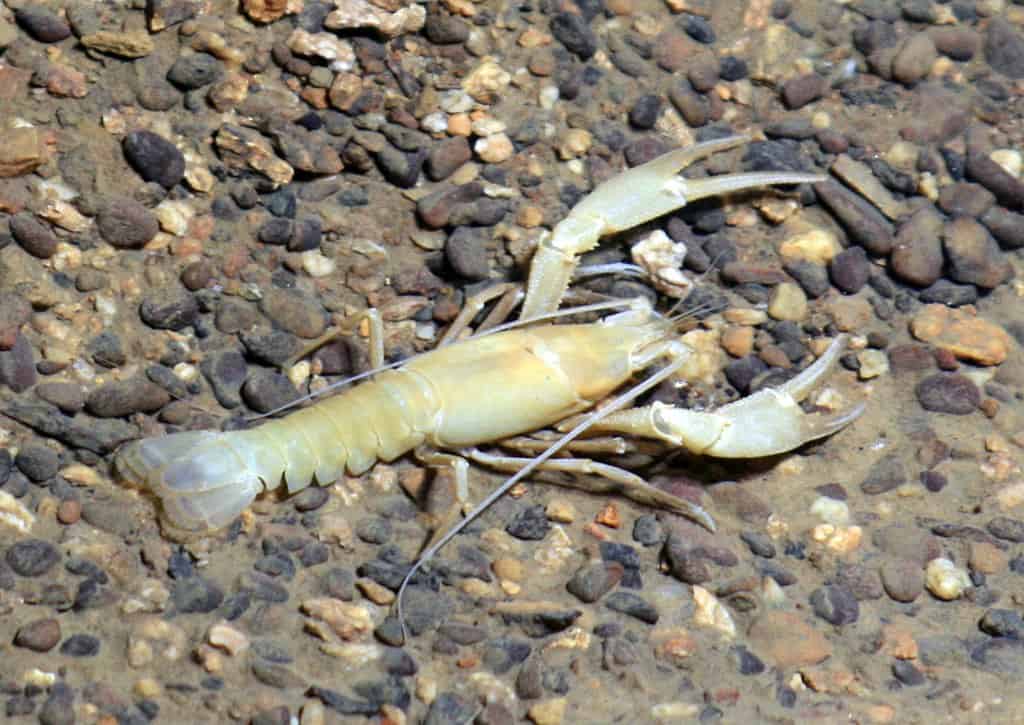
The marbled crayfish (Procambarus virginalis) has one of the most remarkable origin stories in the animal kingdom. This species first appeared in the German aquarium trade in the 1990s and was later discovered to be the world’s only known self-cloning crayfish. Genetic studies revealed it emerged suddenly through a rare genetic mutation in a slough crayfish, creating an entirely new species capable of reproducing asexually through parthenogenesis. A single marbled crayfish can produce hundreds of genetically identical offspring, which are all female and can reproduce without mating. This extraordinary reproductive capacity has made them highly successful invasive species across Europe, Madagascar, and other regions where pet owners have released them into the wild. In Madagascar, their populations grew from a handful of released pets to millions across hundreds of square miles in just 10 years. Scientists are studying these crayfish as a model for understanding how a single genotype can thrive across diverse environments despite lacking genetic diversity, with implications for understanding cancer propagation, as both involve the rapid proliferation of genetically identical cells.
Starfish Regenerative Cloning Specialists

Starfish (or sea stars) demonstrate an extraordinary form of asexual reproduction through fragmentation and regeneration. While they can reproduce sexually by releasing gametes into the water, many starfish species can also reproduce asexually by splitting their central disc or losing an arm that develops into a complete new individual. Some species, like the Linckia multiflora, are particularly adept at this process—a single detached arm, as long as it contains a portion of the central disc, can regenerate an entire new starfish genetically identical to the original. This phenomenon, called fission, can occur intentionally as a reproductive strategy or in response to injury. The process varies among species, with some dividing their central disc in half while others shed arms that develop into clones. This remarkable regenerative ability stems from clusters of stem cells throughout their bodies and the decentralized nature of their nervous system. Asexual reproduction allows starfish populations to expand rapidly in favorable conditions without the need to find mates, particularly advantageous in sparsely populated areas or following population declines.
Bdelloid Rotifers Ancient Asexual Survivors
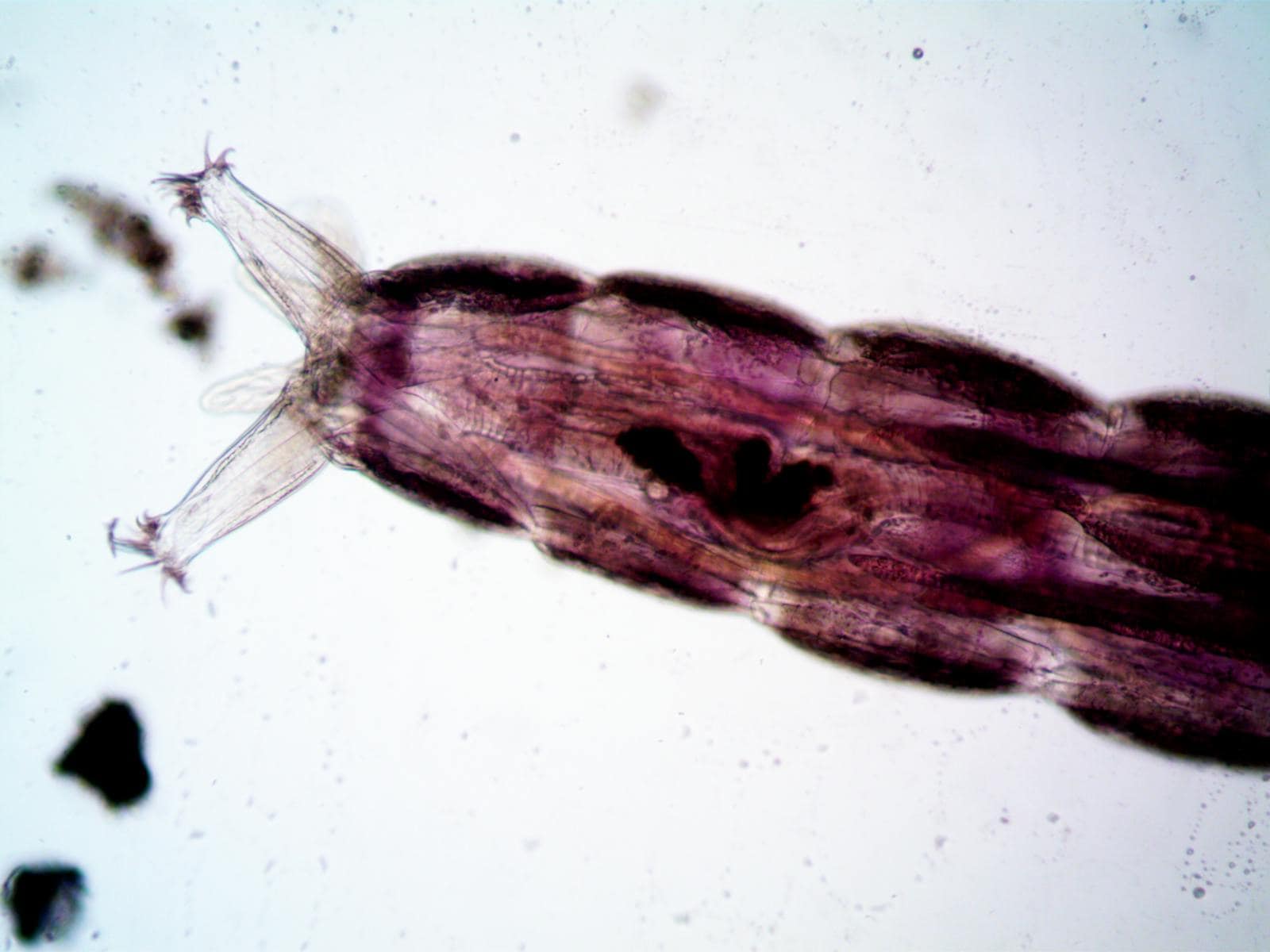
Bdelloid rotifers represent one of evolution’s most puzzling success stories. These microscopic aquatic animals have reproduced exclusively through parthenogenesis for at least 40 million years, making them the oldest known asexual animal lineage. This defies the evolutionary expectation that asexual organisms should accumulate harmful mutations and face extinction relatively quickly without genetic recombination from sexual reproduction—a concept known as “the ancient asexual scandal.” Yet bdelloid rotifers have not only survived but diversified into over 450 species. Their extraordinary persistence may be explained by several unique adaptations. They can withstand extreme desiccation, freezing, and radiation, allowing them to enter a suspended animation state for decades. During rehydration, their cell membranes break, allowing DNA from their environment to incorporate into their genomes—a form of horizontal gene transfer that may provide genetic variation. Additionally, their genomes contain numerous foreign genes acquired from bacteria, fungi, and plants. These mechanisms potentially compensate for the lack of sexual recombination, allowing bdelloid rotifers to achieve evolutionary innovation while reproducing as perfect clones.
Hydras Immortal Budding Specialists
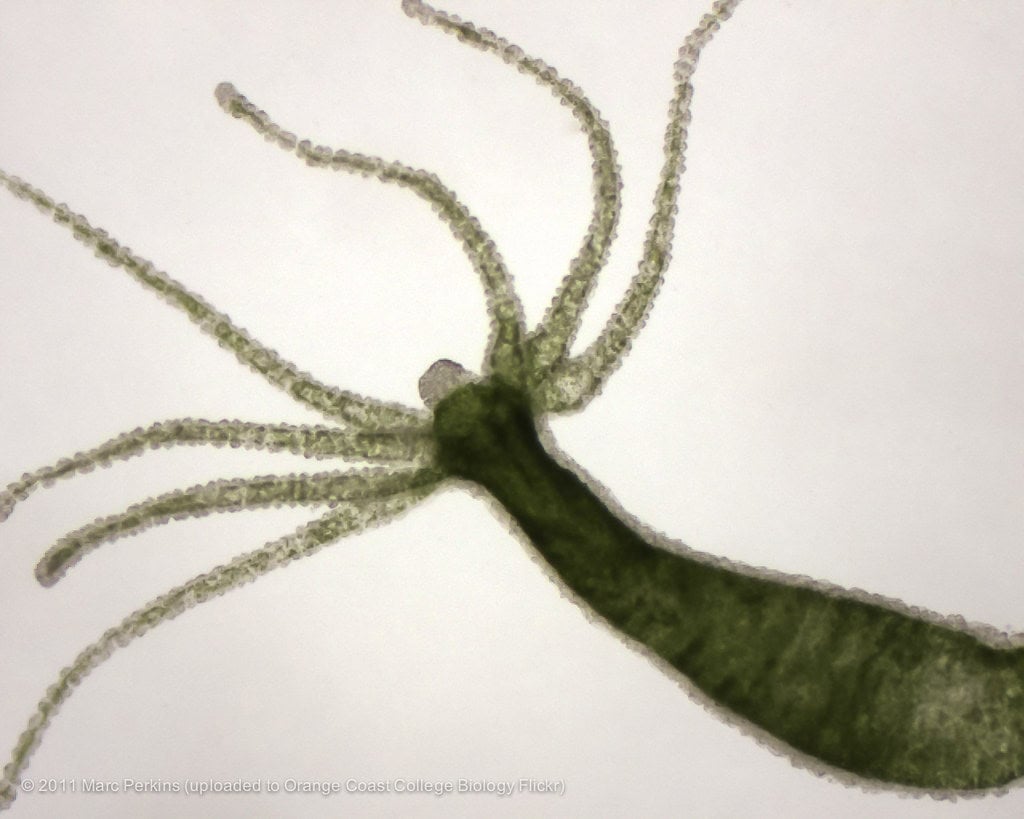
Hydras, small freshwater relatives of jellyfish, employ an asexual reproduction method called budding that creates genetically identical clones. During this process, a small outgrowth called a bud develops on the hydra’s body wall, gradually developing a mouth and tentacles before detaching as a fully-formed miniature clone of the parent. Under favorable conditions, a single hydra can produce a new bud every two to three days, allowing for rapid population growth. What makes hydras particularly fascinating is their biological immortality—they show no signs of aging or senescence due to their continuous self-renewal through stem cells. In fact, a hydra’s cells are completely replaced every 20 days. While hydras can reproduce sexually by producing eggs and sperm when environmental conditions deteriorate, asexual budding is their primary reproduction method. This combination of asexual reproduction and biological immortality makes hydras important research subjects for understanding cellular regeneration and aging processes. Some species, like Hydra vulgaris, have maintained continuous cultures in laboratories for over 80 years without signs of aging.
Sharks Surprise Parthenogenesis

The discovery of parthenogenesis in sharks shocked the scientific community when it was first confirmed in captive female blacktip sharks (Carcharhinus limbatus) in 2007. Since then, researchers have documented this phenomenon in several shark species including zebra sharks, bonnethead sharks, and whitespotted bamboo sharks. These cases typically involve female sharks that have been isolated from males for years in aquarium settings suddenly producing viable offspring. Genetic analysis confirms these pups are not the result of stored sperm (which female sharks can maintain for limited periods) but are indeed the product of asexual reproduction, where the female’s egg cell develops without fertilization. Unlike some other parthenogenetic animals, this ability in sharks appears to be a reproductive “backup system” rather than a primary strategy. The process involves a type of parthenogenesis called automixis, where the egg absorbs a polar body (a cell produced during egg development that normally degenerates) to restore the chromosome count. This results in offspring that are not perfect clones but have reduced genetic diversity compared to sexually produced offspring. While this reproductive flexibility might help isolated females produce offspring when no males are available, the reduced genetic diversity makes it a less advantageous long-term strategy.
Stick Insects Masters of Parthenogenesis

Stick insects (Phasmatodea) include numerous species that reproduce through parthenogenesis, with some engaging exclusively in this form of reproduction while others use it as an alternative when males are scarce. Female stick insects can produce hundreds of genetically identical offspring without mating, typically by duplicating their chromosomes before egg development. This reproductive strategy proves particularly advantageous for these slow-moving insects, as it eliminates the risky search for mates that could expose them to predators. In some species, like the Indian stick insect (Carausius morosus), males are exceedingly rare or entirely absent in wild populations, with reproduction occurring exclusively through parthenogenesis. Fascinatingly, some parthenogenetic stick insects still produce infertile male offspring occasionally, suggesting their relatively recent evolutionary transition to asexual reproduction. The eggs of parthenogenetic stick insects closely resemble plant seeds, complete with structures resembling the elaiosomes found on some seeds that attract ants. These insects have evolved this mimicry to trick ants into carrying their eggs into underground nests, where they receive protection and favorable conditions for development—a remarkable adaptation that enhances the success of their clonal reproduction.
Planarians Regeneration Champions
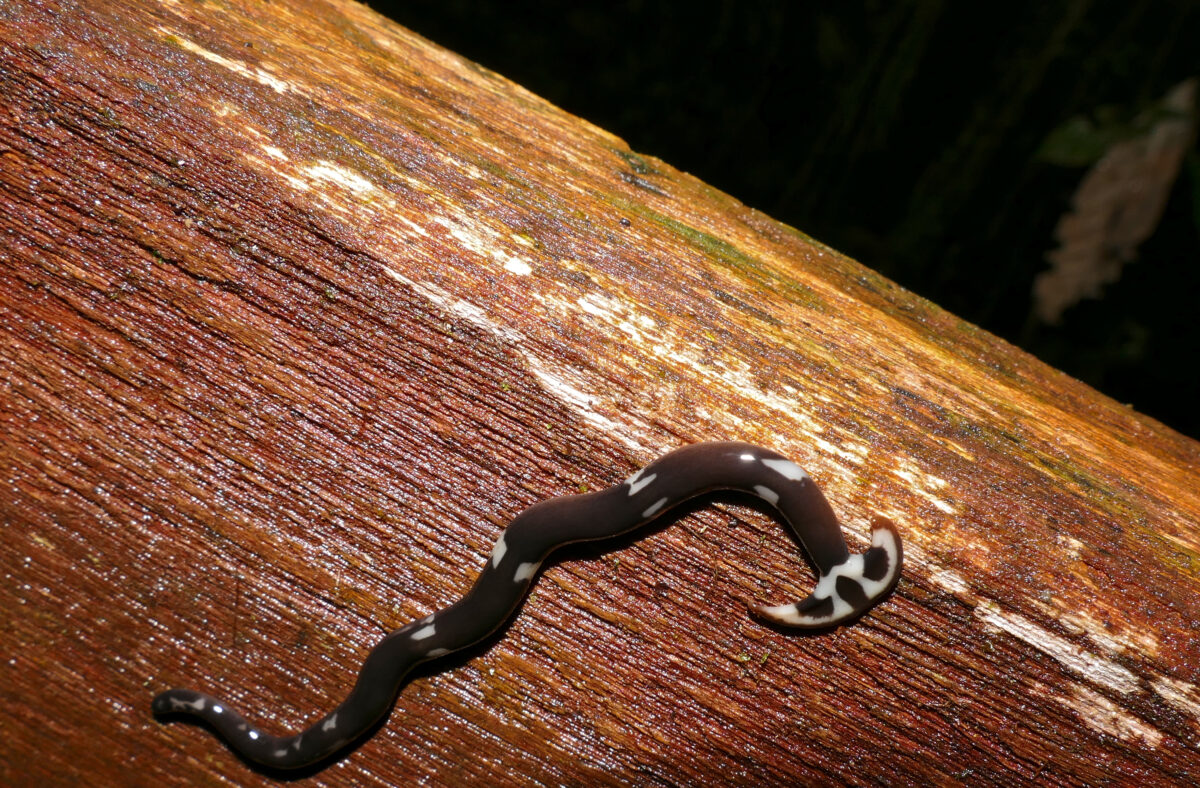
Planarians, small flatworms found in freshwater environments worldwide, exhibit one of the most impressive regenerative capabilities in the animal kingdom—a trait that enables them to reproduce asexually through a process called fission. When a planarian reproduces through fission, its body constricts at approximately the middle until it physically splits into two pieces. Remarkably, both fragments can then regenerate all missing parts, resulting in two genetically identical individuals. This extraordinary regenerative ability stems from a special population of adult stem cells called neoblasts that constitute up to 30% of all cells in their bodies. These pluripotent cells can differentiate into any cell type needed during regeneration. Some planarian species can regenerate a complete organism from a fragment as small as 1/279th of the original animal. While many planarian species can reproduce both sexually and asexually, some species like Dugesia japonica predominantly reproduce through asexual fission. Environmental factors such as temperature, population density, and food availability influence whether planarians reproduce sexually or asexually, with asexual reproduction typically dominating in stable, resource-rich environments. Their regenerative capabilities have made planarians important model organisms for studying stem cell biology, regeneration, and aging.
Water Fleas (Daphnia) Seasonal Clone Producers
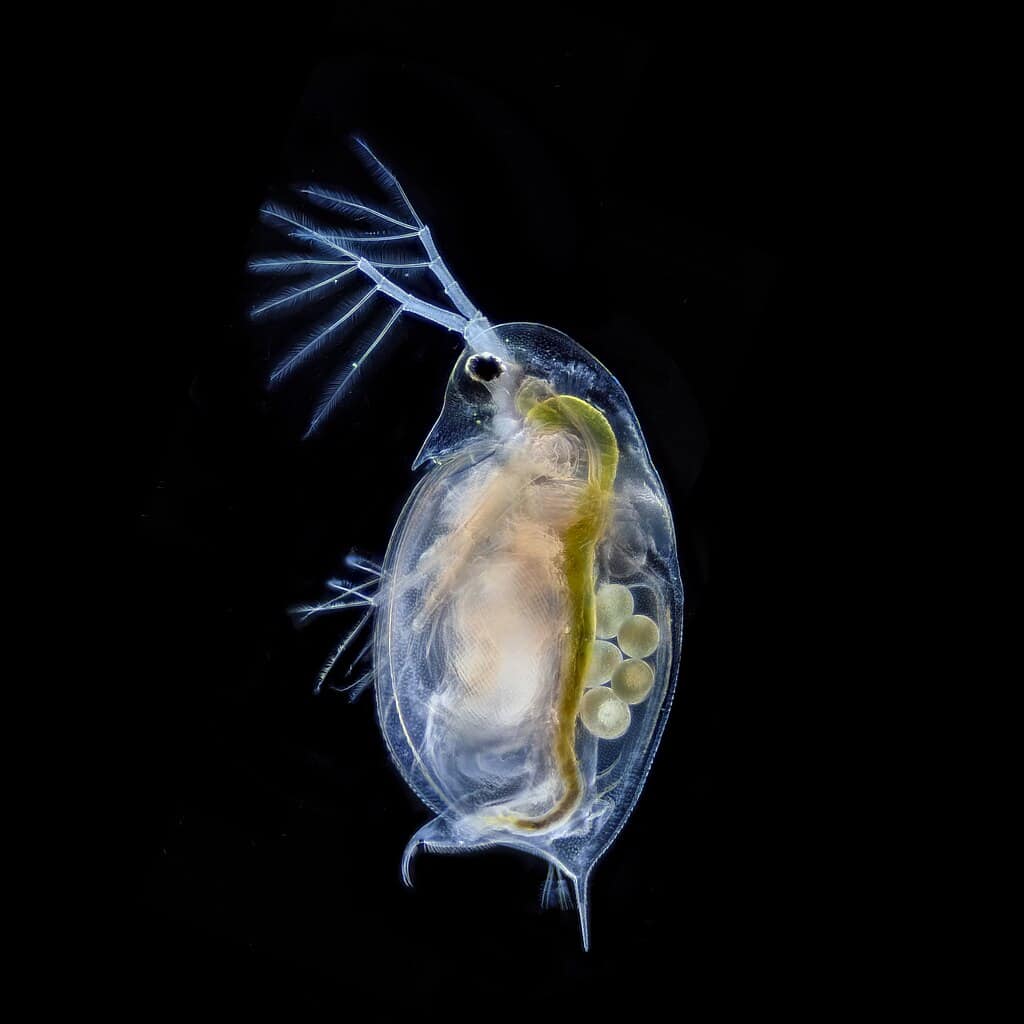
Water fleas (genus Daphnia) are tiny freshwater crustaceans that have evolved a sophisticated reproductive system that switches between sexual and asexual reproduction based on environmental conditions. During favorable conditions—typically spring and summer—female Daphnia reproduce through parthenogenesis, producing genetically identical female clones. A single female can carry multiple broods simultaneously at different developmental stages, and under optimal conditions, can release a new batch of offspring every few days. This reproductive strategy allows Daphnia populations to expand rapidly when resources are abundant. However, when environmental stressors such as food scarcity, predator presence, shortened daylight, or decreasing temperatures signal the approach of harsher conditions, Daphnia switch to sexual reproduction. Males appear in the population, and females begin producing haploid eggs that require fertilization. After fertilization, these eggs develop protective shells and enter a dormant state called diapause, forming “resting eggs” that can survive freezing, drying, or passage through predator digestive systems. This cyclical alternation between clonal reproduction and sexual reproduction provides both the benefits of rapid population growth during favorable conditions and increased genetic diversity to adapt to changing environments—a reproductive flexibility that has contributed to Daphnia’s success across diverse aquatic habitats worldwide.
Jellyfish Life Cycle Cloners

Jellyfish exhibit multiple forms of asexual reproduction throughout their complex life cycle. While adult jellyfish (medusae) typically reproduce sexually by releasing eggs and sperm into the water, the resulting fertilized eggs develop into planula larvae that settle on surfaces and transform into polyps—the sedentary stage of jellyfish life. These polyps can then produce genetically identical jellyfish through several asexual methods. In budding, small jellyfish form on the polyp’s body and detach when mature. Through strobilation, polyps stack multiple disc-like segments that break off one by one, each developing into a juvenile jellyfish called an ephyra. In some species, polyps can also clone themselves directly by producing new polyps through budding or by splitting into two or more complete individuals. Perhaps most remarkably, certain jellyfish species like Turritopsis dohrnii (often called the “immortal jellyfish”) can revert from the adult medusa stage back to the polyp stage when injured or stressed—essentially resetting their life cycle and potentially achieving biological immortality through this continuous cycle of death and rebirth. These diverse asexual reproduction strategies allow jellyfish to rapidly increase their numbers when conditions are favorable, contributing to their ecological success for over 500 million years.
Nematodes Microscopic Self-Replicators
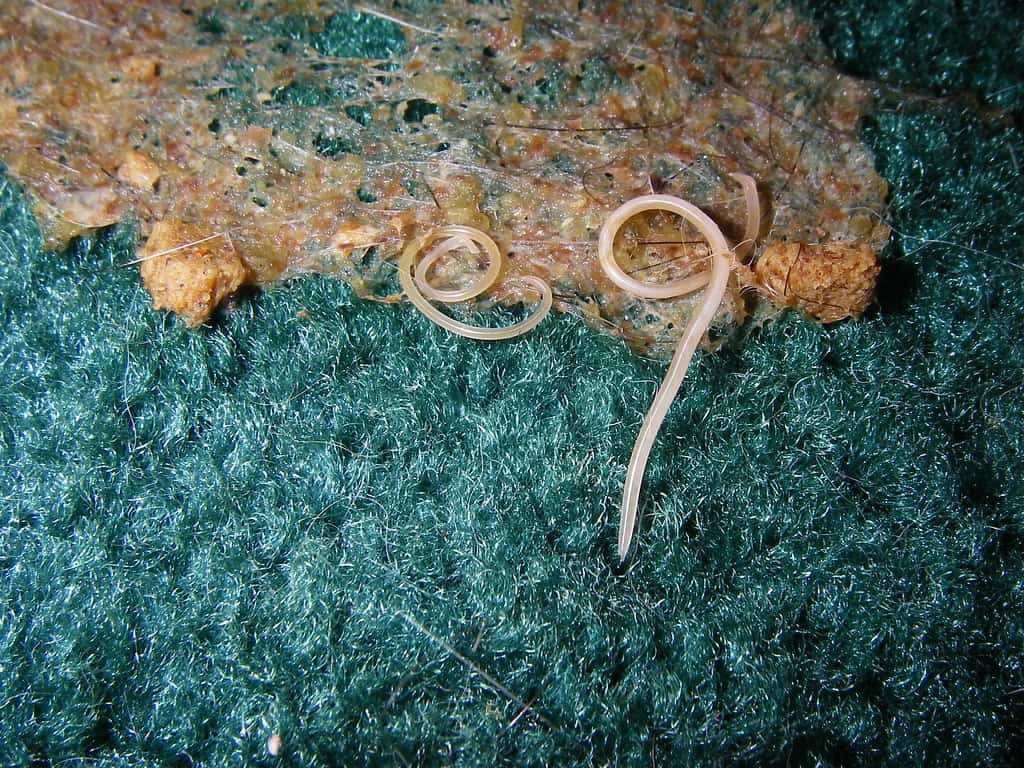
Nematodes, also known as roundworms, include several species that reproduce through parthenogenesis, with the best-studied being Strongyloides stercoralis and various species in the genus Mesorhabditis. These microscopic worms have evolved fascinating life cycles that alternate between sexual and asexual generations. In Strongyloides, parasitic females in the host’s intestine produce eggs through parthenogenesis that can develop into either infective larvae or free-living adults. The free-living adults reproduce sexually, but their offspring develop exclusively into parasitic females that reproduce asexually—creating a continuous cycle alternating between reproductive modes. The nematode Mesorhabditis belari demonstrates an even more unusual system where females produce most of their offspring as female clones through parthenogenesis, but also produce a small number of males. These males cannot fertilize the females that produced them but instead mate with females from the next generation, providing occasional genetic recombination in an otherwise clonal lineage. This reproductive strategy, termed “androdioecy,” represents an evolutionary middle ground between full sexuality and complete asexuality. The varied reproductive strategies in nematodes highlight how asexual reproduction has evolved multiple times and in different forms within this diverse phylum, which includes over 25,000 described species inhabiting virtually every ecosystem on Earth.
Amazonian Mollies Sperm-Dependent Cloners
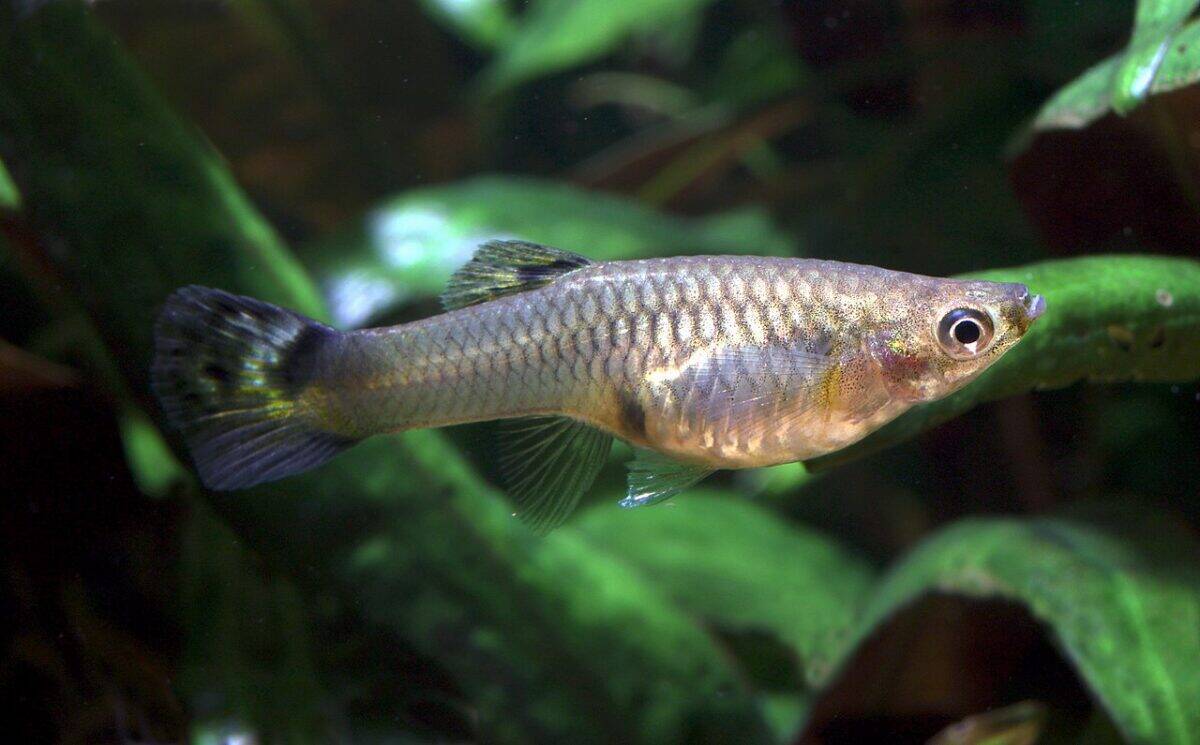
The Amazon molly (Poecilia formosa) exhibits one of the most unusual reproductive strategies in the vertebrate world. These all-female fish reproduce through a unique form of parthenogenesis called gynogenesis, where they produce eggs with unreduced chromosome numbers but still require sperm from males of closely related species to trigger embryonic development. However, the male’s genetic material does not incorporate into the offspring’s genome—the sperm merely activates development without contributing genetic material, resulting in daughters that are clones of their mother. This reproductive strategy makes Amazon mollies “sperm parasites” that exploit males of related species like the sailfin molly (Poecilia latipinna) or the Atlantic molly (Poecilia mexicana).
Conclusion: Nature’s Blueprint for Survival
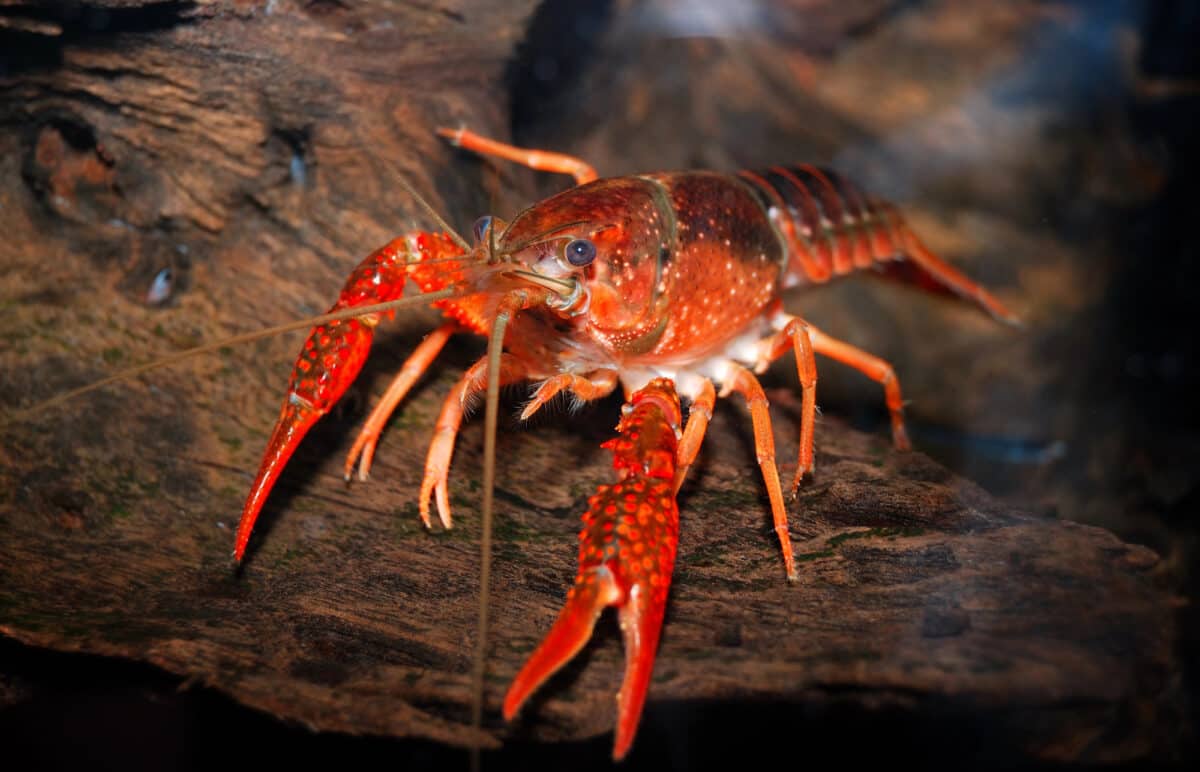
From the ancient bdelloid rotifers to the newly emerged marbled crayfish, nature continues to surprise us with the diverse and ingenious ways life ensures its continuation. Asexual reproduction—whether through budding, fragmentation, parthenogenesis, or gynogenesis—offers animals a powerful strategy to thrive in isolation, rapidly colonize new environments, and survive in harsh or unstable conditions. While sexual reproduction promotes genetic diversity and long-term adaptability, the ability to clone oneself ensures survival when mates are scarce or absent. These 14 fascinating creatures demonstrate that nature’s playbook for survival is as varied and resilient as life itself. As scientists continue to explore these biological marvels, they deepen our understanding of evolution, regeneration, and even potential breakthroughs in medicine and biotechnology.
- 12 Fascinating Shark Facts And 3 That Are Totally Wrong - August 21, 2025
- 11 Animals That Can Clone Themselves - August 21, 2025
- 15 Cat Breeds Vets Secretly Wish You’d Stop Buying - August 21, 2025

